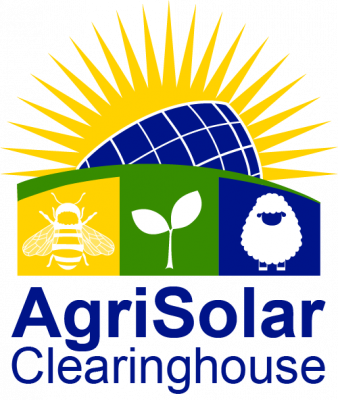This article offers practical advice for agrivoltaic systems on how to implement an agricultural area under ground-mounted photovoltaic-power systems without agricultural “pre-plans.” These systems are useful for policy making and optimizing land use efficiency in terms of energy production, food supply, environmental impact, local economy, and sustainable societies.
Tag Archive for: Land Use Optimization
This paper proposes techno-ecological synergy (TES), a framework for engineering mutually beneficial relationships between technological and ecological systems, as an approach to augment the sustainability of solar energy across a diverse suite of recipient environments, including land, food, water, and built-up systems.
This paper analyzes the policy designs and economic benefits of prairie strips.
Given the proven technical, economic, and environmental advantages provided by agrivoltaic systems, increased proliferation is anticipated, which necessitates accounting for the nuances of community resistance to solar development on farmland.
The identified concerns in this study can be used to refine the technology to increase adoption among farmers and to translate the potential of agrivoltaics to address the competition for land between solar PV and agriculture into changes in solar siting, farming practice, and land-use decision-making.
This report importantly provides a critical lens through which the importance of policy and land use analysis is justified as a response to conflicting community feedback about the agriculture-solar shift. The findings of this report are particularly relevant for the LACDRP, the client, as the agency has been tasked with identifying opportunities to preserve agriculture across the County and supporting local renewable energy resources. The agency will use the findings of this report to guide updates to the Los Angeles County General Plan and the Los Angeles County Climate Action Plan. This could serve as a guide for the future development of agrivoltaic operations in similar geographic locations with similar concerns related to housing and agricultural land use situations.
